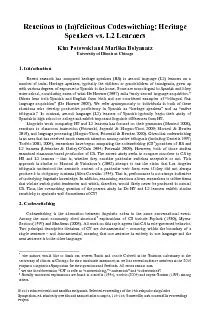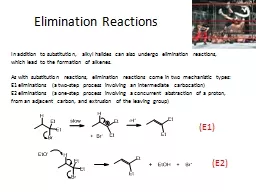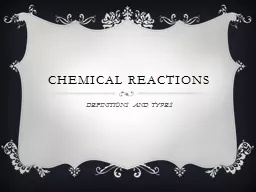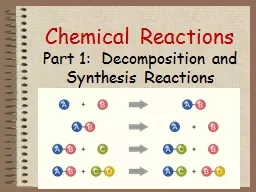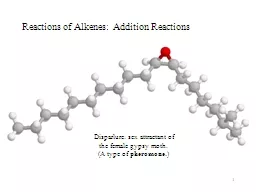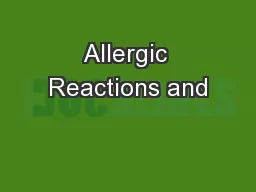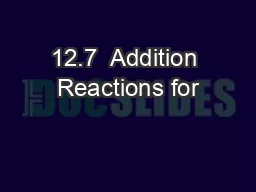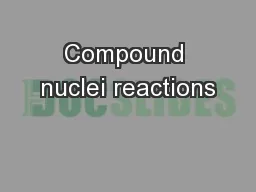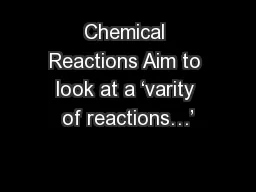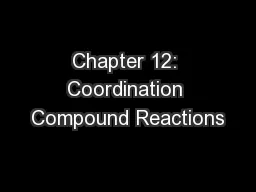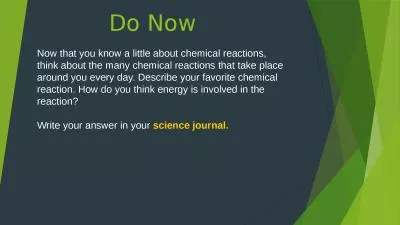PDF-Reactions to (In)felicitous Codeswitching: HeritageowskiandaryanaRecen
Author : ellena-manuel | Published Date : 2016-12-13
The authors would like to thank Dr Everett Smith and Nicole Colwell at the Statistics Laboratory at the University of Illinois at Chicago for their invaluable assistance
Presentation Embed Code
Download Presentation
Download Presentation The PPT/PDF document "Reactions to (In)felicitous Codeswitchin..." is the property of its rightful owner. Permission is granted to download and print the materials on this website for personal, non-commercial use only, and to display it on your personal computer provided you do not modify the materials and that you retain all copyright notices contained in the materials. By downloading content from our website, you accept the terms of this agreement.
Reactions to (In)felicitous Codeswitching: HeritageowskiandaryanaRecen: Transcript
Download Rules Of Document
"Reactions to (In)felicitous Codeswitching: HeritageowskiandaryanaRecen"The content belongs to its owner. You may download and print it for personal use, without modification, and keep all copyright notices. By downloading, you agree to these terms.
Related Documents

